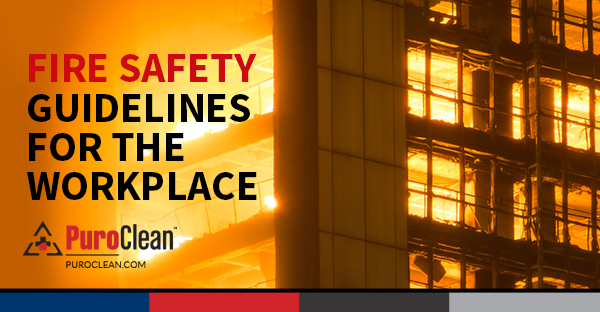 After having learned some important facts about carbon monoxide (CO) in our blog post, here are some basic precautions you can take to prevent carbon monoxide poisoning:
After having learned some important facts about carbon monoxide (CO) in our blog post, here are some basic precautions you can take to prevent carbon monoxide poisoning:
- Install a battery-operated or battery backup CO detector in your home and check or replace the battery when you change the time on your clocks each spring and fall. Make sure furniture or draperies do not cover the alarm. You can also use portable carbon monoxide alarms when you’re travelling.
- Have your heating system, water heater and any other gas, oil, or coal burning appliances serviced by a qualified technician every year. When purchasing gas equipment, buy only equipment carrying the seal of a national testing agency.
- Have your chimney checked or cleaned every year. Chimneys can be clogged by debris. This can cause CO to build up inside your home or cabin.
- Do not use portable flameless chemical heaters (catalytic) indoors. Although these heaters don’t have a flame, they burn gas and can cause CO to build up inside your home, cabin, or camper.
- Do not operate a portable generator or any other gasoline engine-powered tool in or near any house, garage or other enclosed space.
- Never use a gas range or oven for heating or a portable gas camp stove indoors. Using these can cause a buildup of CO inside your home, cabin, or camper.
- Never burn charcoal indoors. Burning charcoal — red, gray, black, or white — gives off CO.
- Never use a charcoal grill or a barbecue grill indoors. Using a grill indoors will cause a build up of CO inside your home, cabin, or camper, unless you use it inside a vented fireplace.
- Never patch a vent pipe with tape, gum, or something else. This kind of patch can make CO build up in your home, cabin, or camper.
- Indoor vent pipes should go up slightly as they go toward outdoors. This helps prevent CO or other gases from leaking if the joints or pipes aren’t fitted tightly.
- Never run a car or truck inside a garage attached to your house, even if you leave the door open.
- Have your car’s exhaust system checked by a mechanic every year. A small leak in your car’s exhaust system can lead to a buildup of CO inside the car.
- If you drive a vehicle with a tailgate, when you open the tailgate, you also need to open vents or windows to make sure the air is moving through your car. If only the tailgate is open, CO from the exhaust will be pulled into the car.
- If a carbon monoxide alarm sounds, go outside and call 911 immediately. Do not go back into building until emergency services personnel gives you the all-clear.
- Seek immediate medical help if you suspect CO poisoning and are feeling dizzy, light-headed, or nauseous.
Keep in mind that all people and animals are at risk for CO poisoning, so don’t take any risks! Be cautious, be safe!
Check back with us for more safety tips and don’t forget to like us on Facebook to get our notifications!



 PuroClean of Alexandria
PuroClean of Alexandria